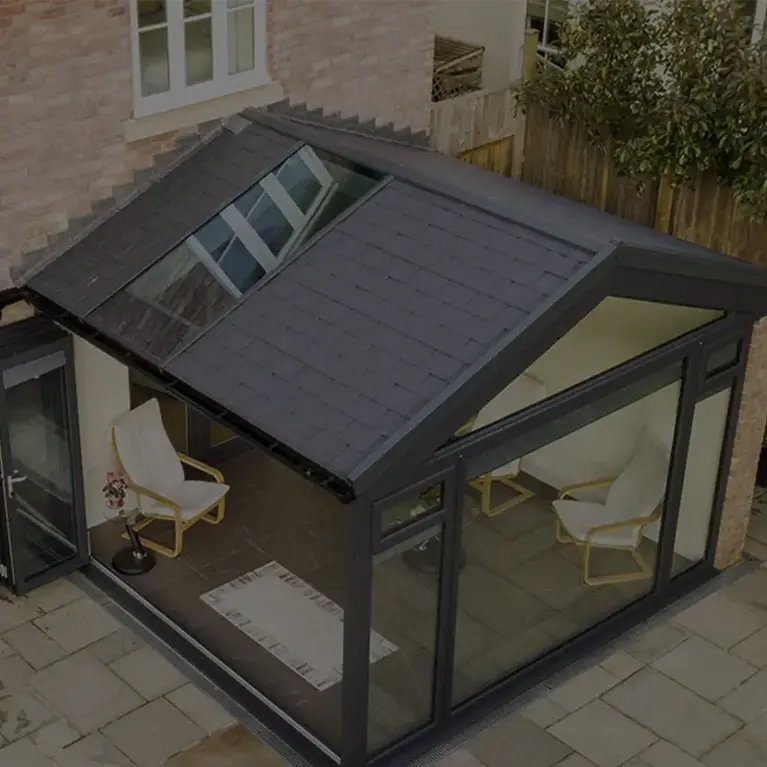
Understanding The Difference Between Aluminium And UPVC Windows
One’s a metal and one’s a plastic, but is that the beginning and end of the differences between aluminium and UPVC windows? Read on to uncover the design, functionality, energy-saving, and sustainability features of these two rivals.
Lifespan
Aluminium is chemically inert, which means it doesn’t rust like other metals. As such, its lifespan is usually calculated at 45+ years, although in theory there is no ‘end point’ to the longevity of aluminium framed windows.
UPVC is a plastic, which makes it sensitive to sunlight. Although highly durable, and boasting a healthy 15-25-year lifespan, like all plastics UPVC will eventually become brittle under the sun’s UV rays.
Thermal Insulation
UPVC has long been the go-to choice for thermal insulation. The multi-chambered design of UPVC windows traps heat, making it an excellent insulator. An added bonus to heat insulation is sound insulation, making UPVC a firm favourite in built-up areas.
Aluminium windows were always designed for harsh environments where durability rather than thermal efficiency was the focus. However, the game has changed, and new aluminium thermal break technology is so impressive that it can even outperform UPVC.
Environment
UPVC windows were initially designed for urban environments where noise was an issue. The concept of ‘double glazing’ was born from the need for urban soundproofing, and UPVC remains the go-to option for city and townhouses.
Contrastively, aluminium windows were historically designed for more commercial applications where heavy use is required, or harsh environments where sea, salt, and frequent battering from strong winds were an issue. As such, their natural setting is in rugged terrain. As such they were not associated with domestic applications
That said, today’s UPVC windows are more than up to the challenge of harsh environments, and aluminium looks stunning in modern, minimalist designs, or even where a critical ‘Heritage’ look is required, wherever the location. When it comes to aluminium windows vs UPVC windows, the jury is out on this one!
Budget
Budget can become a real pickle when calculating window value. Versus aluminium, UPVC is cheaper up-front but has a shorter lifespan. However, some costs can be reclaimed by the natural energy efficiency of UPVC, which can help to keep heating bills low.
Aluminium windows are typically up to 40% more expensive than UPVC. However, as their known lifespan is at least twice as long, this technically makes them a slightly better investment. The flip side is that without thermal break technology, they are less energy efficient than UPVC.
Aesthetics
Modern UPVC windows are so subtle and varied in their design that it can be almost impossible to tell that they’re made from plastic. Designs can mimic authentic woodgrain, can have a sleek, pure aesthetic, and can even have a light-optimising slimline design. As such, even the most demanding spaces may find a UPVC solution.
Aluminium is one of the more playful metals. It can be toned to give a hard or soft effect and can be equally warm or cool. Aluminium may sound like it belongs in the realm of industrial warehouse conversion, and this is true. However, it’s also one of the most popular choices for heritage restorations. This is largely due to the unlimited flexibility of aluminium, which can be honed into almost any shape and style.
What Next?
Aluminium vs UPVC windows… worlds apart, yet surprisingly similar. Ultimately, the choice is yours, so if you’re not sure about the right choice for your home, call the friendly team at Harvey’s Windows on 0116 497 1994 to get your quote today.
Image Source: Canva



